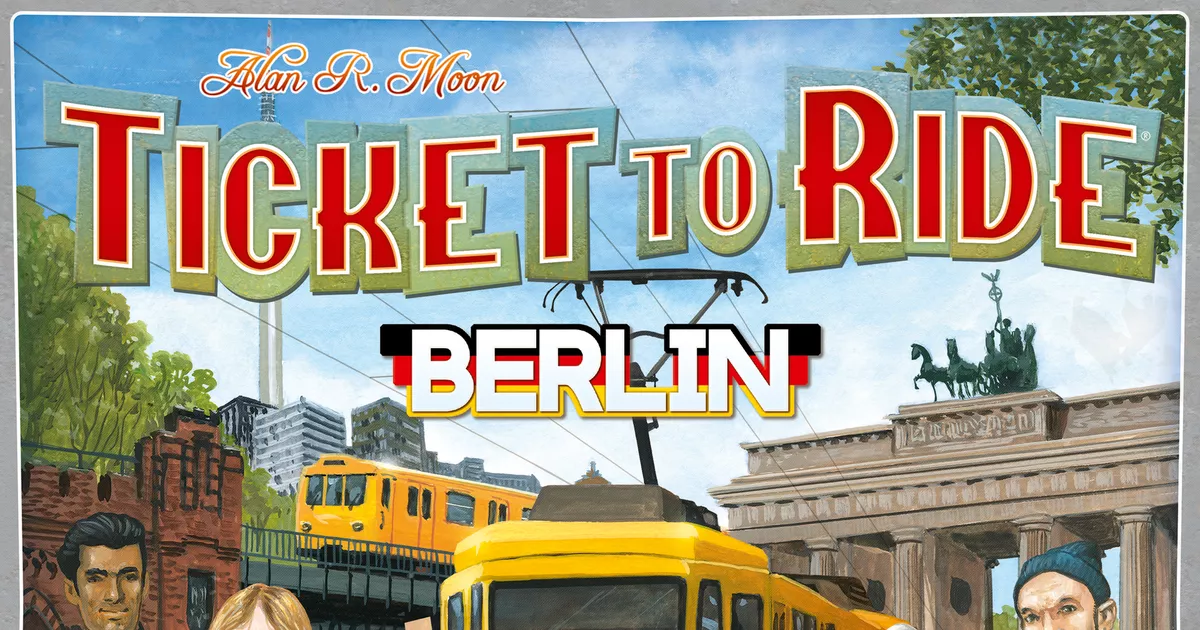Ticket to Ride Berlin Review
I always like to write decently long reviews for board games, but I think this one might be our shortest. That is not a knock on Ticket to Ride Berlin, however, but rather a testament to how quickly the game can be played and how simplistic yet deep it is. There have been a lot of small box Ticket to Ride games over the years (San Francisco, Amsterdam, New York) but I think Berlin is quickly becoming my favourite.
If you are new to Ticket to Ride, the game is very simple to understand. Through a number of turns, players will draft train cards on their turn and attempt to build routes between one location and another using similarly coloured trains. Points are scored for creating routes and finishing tickets (which show two locations that need to be connected). This is the general overview of all Ticket to Ride experiences, with a variety of differences between each.
In Ticket to Ride Berlin, the big change is that there are two different kinds of train cars that players will use – you have street cars and subway cars. On the board, there are specific one-slot routes that require the use of a subway car. The amount of coloured cards required to complete the subway is indicated on the game board (either 1, 2 or 3), but you always only place one subway car on that spot. As you only have 5 total subway cars to work with, however, you’ll need to think well ahead and plan your routes accordingly.
I love that Ticket to Ride Berlin is so easy to understand and teach, but deciding where to use your 5 subway cars is a huge decision. On top of deciding where to place them, when to place them is also a major strategic decision.
With only a few routes being accessible, it can quickly become a use-it-or-lose-it situation. This has happened a number of times to me over the dozen or so games I’ve played so far, which has made me rethink my strategy. After drafting my starting routes and looking at the board, I try to get my subways placed down as soon as possible, and then begin working my strategy around those locations.
Others I have played with use different approaches, such as only using a subway location when necessary. Sometimes this works, sometimes it doesn’t. But that is what I really like about Ticket to Ride Berlin. It is wonderfully simplistic in that you can finish a game in 15 to 20 minutes.
There are quick decisions and strategic depth here that won’t be as apparent when reading the rules or watching an overview. If you love Ticket to Ride as a game franchise, I think Berlin is the best small-box adaptation available.




